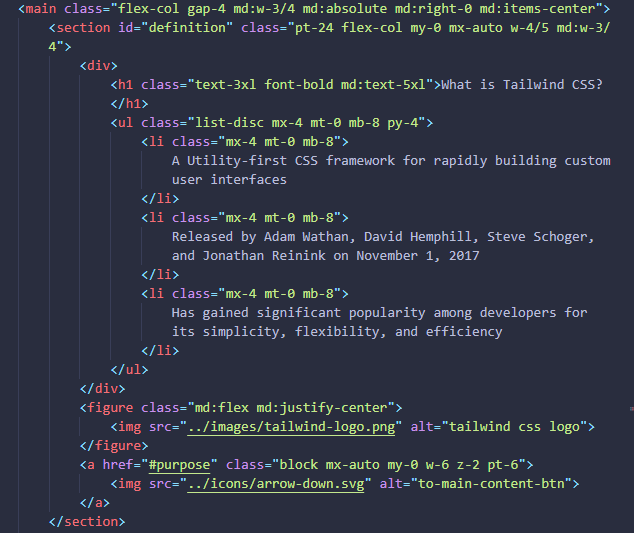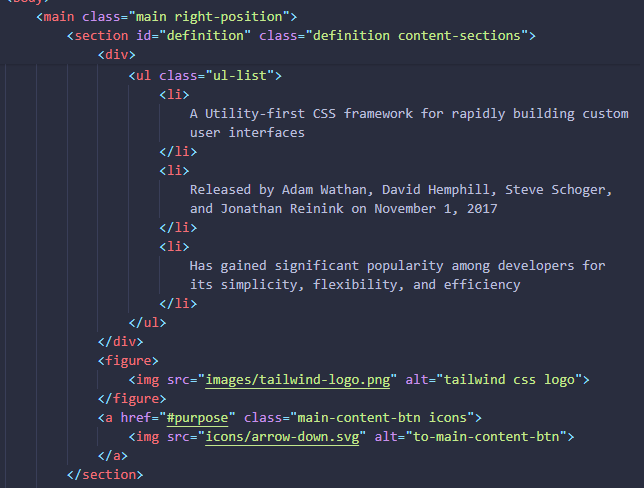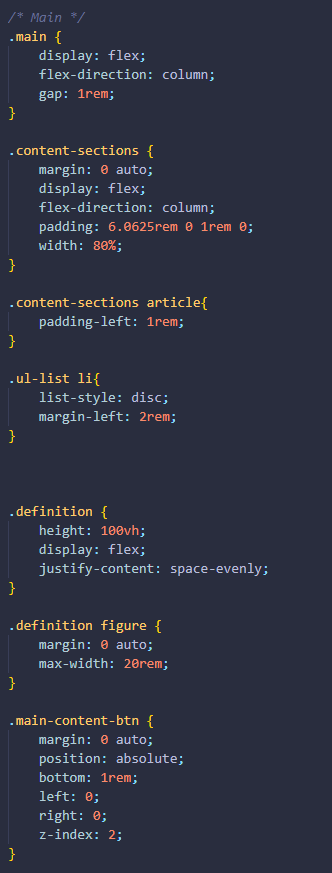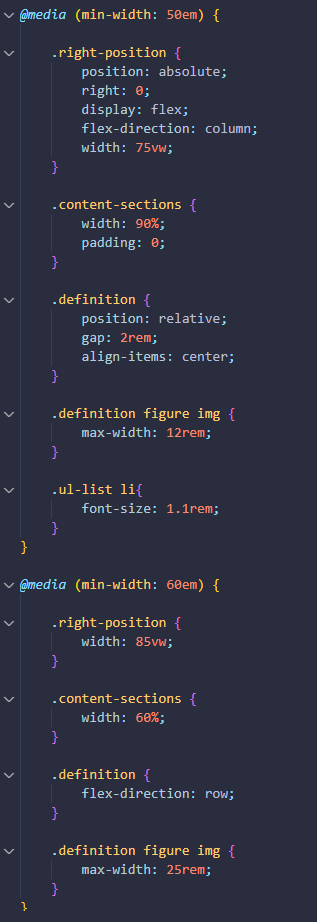What does it do?
Key features of Tailwind CSS
-
Provides low level utility classes such as typography, spacing, color, and more
-
Allows you to build custom designs directly within your HTML that speeds up the development process
-
Provides a consistent and predictable styling system
Where to use?
Tailwind CSS can be applied to various use cases in web development. Here are some specific scenarios where Tailwind CSS excels:
-
Blog and Content Websites:
Tailwind CSS is suitable for building blog platforms, news websites, and other content-focused applications. Its utility-first approach simplifies the styling of text, images, and other content elements, allowing developers to focus on creating engaging user experiences.

The Netflix Global Top 10 website features weekly lists of the globally most-watched TV and films on Netflix. The website is built with Tailwind CSS and Next.js / React.
-
E-commerce Websites:
Tailwind CSS can be used to style various components of e-commerce websites, such as product listings, shopping carts, and checkout forms. Its flexible utility classes make it easy to create custom layouts and designs tailored to the needs of the e-commerce platform.

With over 2 million vendors on their platform, Shopify is one of the world's largest and most popular ecommerce solutions. The Shopify team recently redesigned their marketing website using React and Tailwind CSS.
Other scenarios:
Tailwind CSS is a versatile tool that can be used in various web development scenarios;
-
Tailwind CSS is excellent for quickly prototyping user interfaces.
-
Tailwind CSS can be used to create custom design systems for projects.
-
Tailwind CSS provides built-in support for responsive design with breakpoints and responsive utility classes.






